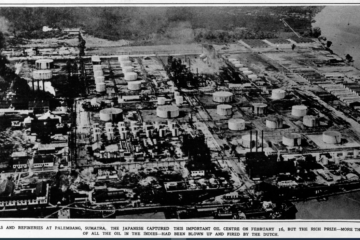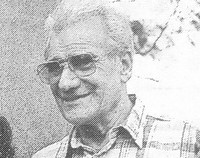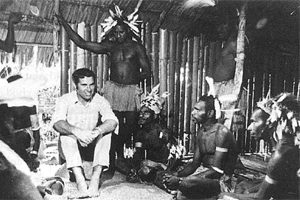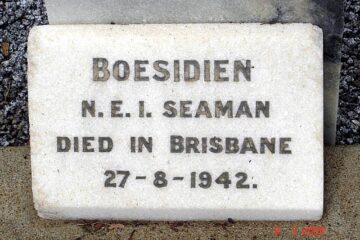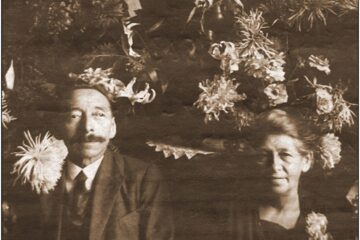Robbie Drijver: The Untold Wartime Story of a Dutch–Australian Schoolboy Commando
This article is based on detailed historical notes generously provided by the Drijver family, who have preserved accounts shared privately by Robbie (Rob) Drijver in the final years of his life after the expiry of his wartime secrecy obligations. The history of Dutch Australians during the Second World War contains Read more
